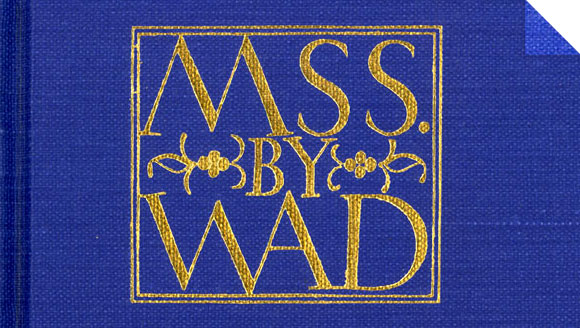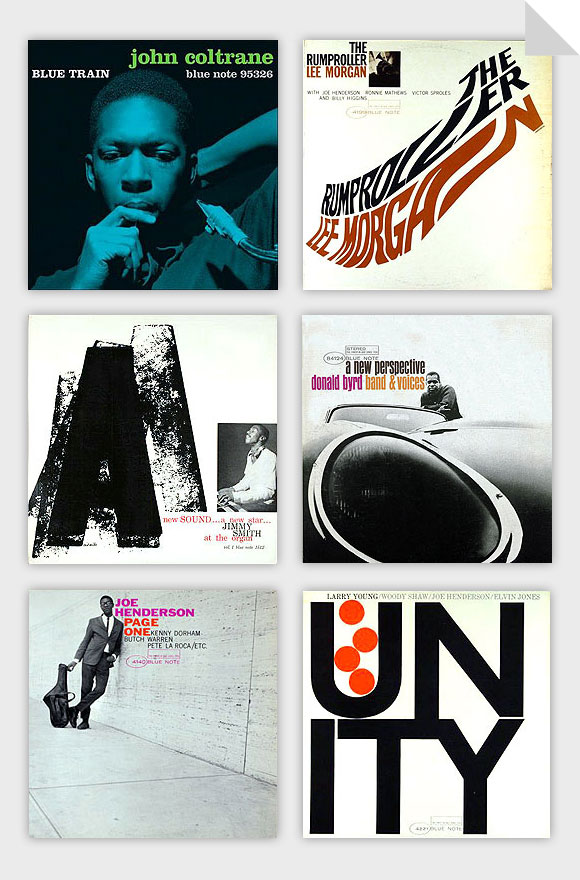
“I never thought about dying…
The day you were born, it was already written down the day you’re gonna check out. Now, I’m not gonna throw myself under a truck, but I’m not gonna worry about when I die. I’m ready to move on when that day comes.” ∞
Long before the prefix ‘i’ on a computer or digital gadget had come to conote a certain prestige — a whole different plane of excellence — having the word ‘Shelby’ before the name of an automobile meant you were dealing with the absolute best. The Texan tinkerer is a striking figure in industrial design and automotive engineering.
Carroll Shelby was born with a bum ticker. A leaky valve in his heart kept him in bed through the age of fourteen. He was determined to catch up — and then some. He joined the Army Air Corps in World War II and developed a lifelong love of going fast. He drove Formula One cars throughout the fifties, competing in eight World Championship races. Driving in his trademark bib overalls, he set multiple land speed records and was named Sports Illustrated’s Driver of the Year in both ’56 and ’57. When his heart condition forced him to give up driving, he began constructing his own supercars to compete with the likes of Ferrari and Porsche. In a sport dominated by Italian cars, Shelby gave American steel the pole position. Beginning with a British classic — the AC Cobra — the eponymous builder produced a string of hits including Ford Daytonas and GTs. His rendition of the GT40 won the grueling 24-hour endurance race at Le Mans. Later in his career, he found mass-appeal when he helped create the Dodge Viper.
A cowboy-hat-wearing, no-nonsense visionary, Carroll Shelby is an American legend whose legacy speaks for itself. In a deep, throaty, flame-spewing snarl. RIP.









